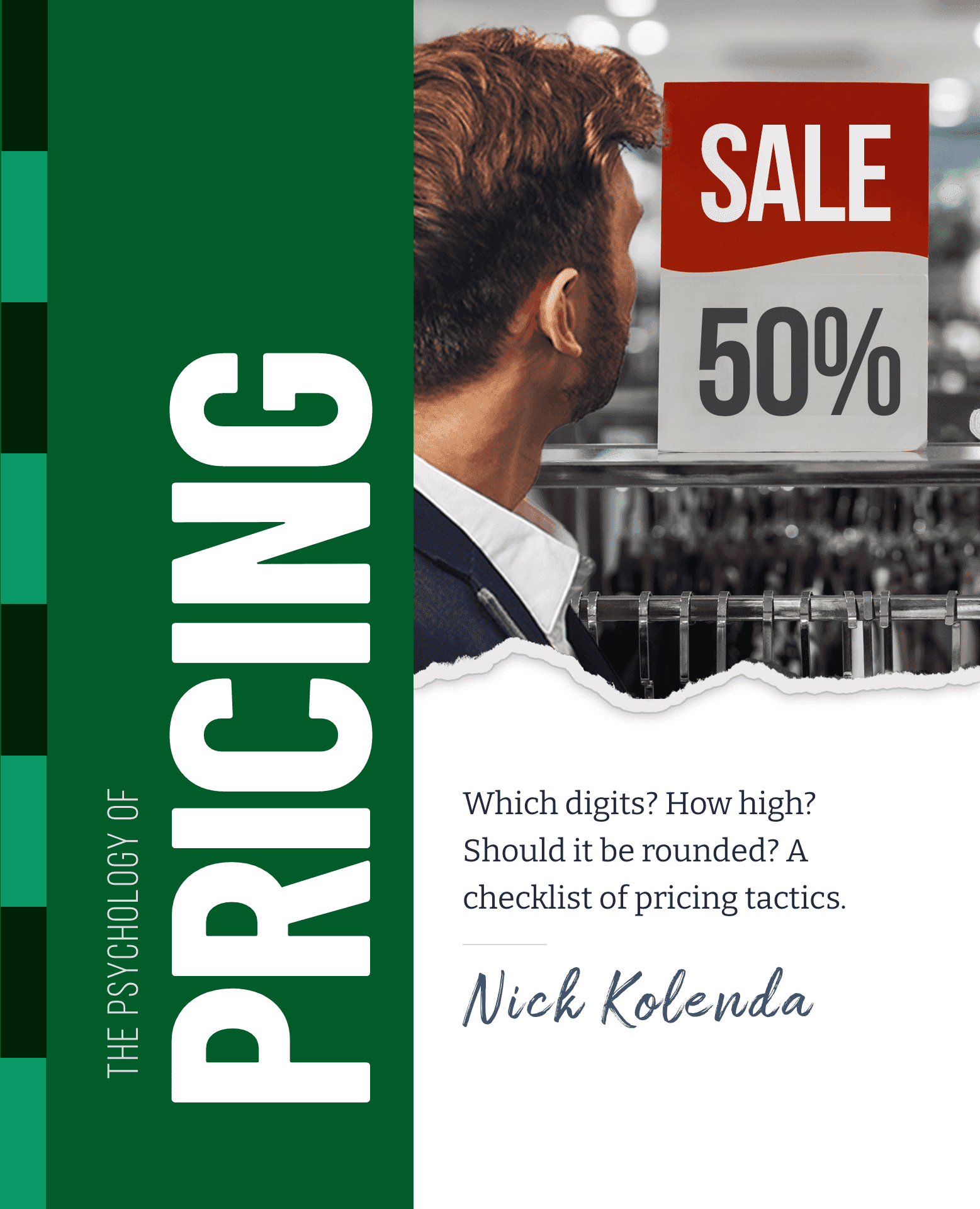
Animate Prices With Light Physics
Speed and movement can influence perceived size.
Motion can activate a typical size.
Large objects move slow, while small objects move fast.
For example, participants watched a digital ad for an electronic speaker. The faster it moved? The smaller it seemed (Jia et al., 2020).
In a follow-up study, motion influenced their willingness to pay: Participants who wanted a portable device were willing to spend more if the device moved quickly.
...when products (e.g., consumer electronics) are animated to vibrate, bounce, turn around, and spin spontaneously in videos, their overall movement patterns may look similar to various movements that insects or birds perform in the air, fish perform in the water, dancers perform on the stage... observing a product’s movements can activate nodes about animate agents’ movements and, consequently, the size–speed association in consumers’ memories (Jia et al., 2020, p. 102)
Maybe it impacts prices too.
What if you eased scrolling on a pricing page, moving prices upward with easy and effortless motion? Would they seem lighter and smaller?

"Scrolljacking" can often hurt UX, but maybe there's a subtle approach, parallax effect, or other technique that could work.
Caveats
- Don't Animate the Price Itself. Motion captures attention because it's unpredictably dangerous. While customers are debating their purchase, don't needlessly animate a price. Customers will focus on it, subconsciously inferring that it has more capacity to change.
- Jia, H., Kim, B. K., & Ge, L. (2020). Speed up, size down: How animated movement speed in product videos influences size assessment and product evaluation. Journal of Marketing, 84(5), 100-116.

Want more tactics?
Get all my free pricing tactics